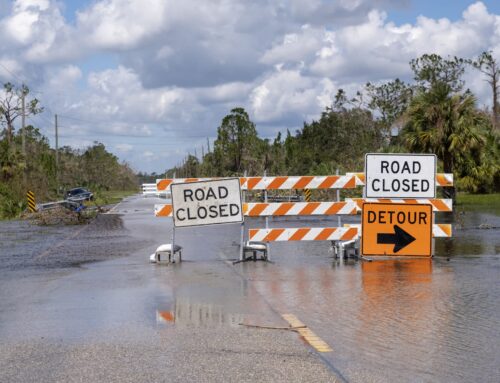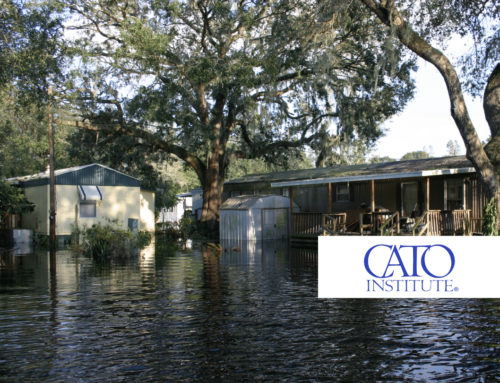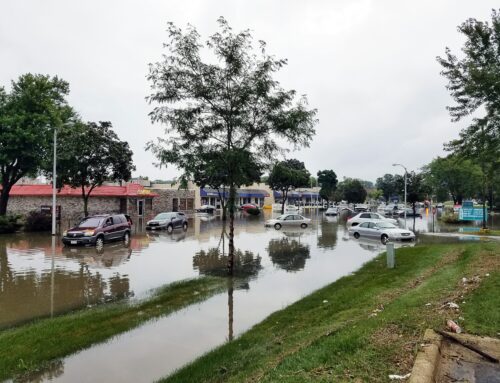Billions of dollars in flood insurance claims are set to stress the National Flood Insurance Program due to Hurricane Harvey. If Irma hits Florida as currently projected, pressure increases significantly on a program already stretched to the limit, and well past due for reform. The NFIP needs to be less of a burden on taxpayers, send the right risk signals to homeowners and businesses, and promote smarter development and mitigation, so it can better help those at risk.
Policymakers created the NFIP in 1968 after private insurers largely left the market, and with a goal to promote wiser use of floodplains and reduce the post-disaster taxpayer burden. Unfortunately, we got neither. Development of high-risk areas continued as flood insurance made it financially “safe” for construction, subsidies masked the true cost of risk, and the program racked up a nearly $25 billion debt. Then Hurricane Harvey happened.
The NFIP currently has roughly five million policies providing more than $1 trillion in coverage. Florida alone is home to 1.7 million policies worth $423 billion in insured value. The Congressional Budget Office estimates the annual shortfall to be $1.4 billion. The CBO also points to significant cross-subsidies within the program: Federal flood insurance policies in coastal counties account for $1.5 billion shortfall while inland counties contribute a $200 million surplus. In fact, 85 percent of insured structures in the storm surge or “V” zone are explicitly subsidized. This is how preventable disasters happen.
Government’s fundamental task is to protect its citizens. Yet, federal flood insurance subsidizes people to build and rebuild in harm’s way. Flood insurance rates serve as a risk communication tool, but subsidies are baked into the rate so people get the wrong message about their level of risk.
The current authorization for the NFIP expires at the end of the month. Congress should consider this an opportunity to put flood insurance on a more sustainable path. Even though several reforms enacted in 2012 were rolled back two years later, rates are slowly increasing. This has created an opening for private insurers to begin reentering the market. As you might imagine, after 50 years, insurance is quite a bit different. Risk modeling and mapping have made enormous technological improvements, financial markets have developed new tools to price risk, and companies can spread risk in worldwide portfolios. Consequently, they want back in as long as Uncle Sam doesn’t price them out.
There are roughly 20 companies writing flood insurance in Florida. It’s not a large book of business, but you have to start somewhere. Lawmakers should get out of the way by clarifying that private flood insurance can be used for properties required to have flood insurance as long as the state Insurance Commissioner (who regulates every other insurance product) stipulates they have similar protections.
Lawmakers should allow rates to continue rising and begin the process of rolling back subsidies. Today subsidies are tied to the property and are handed out regardless of need. As rates increase, means-tested assistance should be provided to those who cannot afford insurance. But there should also be an emphasis on community-wide and property mitigation — the best way to reduce rates is by reducing risk.
Finally, maps used by FEMA to set flood insurance rates must be accurate and up-to-date. Lawmakers should require FEMA to use the best technology — such as LIDAR (Light Detection and Ranging) — to make highly accurate maps that people can trust.
Houstonians discovering their regular homeowners insurance doesn’t cover floods are, sadly, not alone. More Americans need flood insurance than have it. But flood insurance and NFIP reforms can change that. Reforms will not only provide a more financially sustainable program easier on taxpayer wallets, they will also facilitate growth of the private market, making it likely that more people will finally get covered.











Get Social